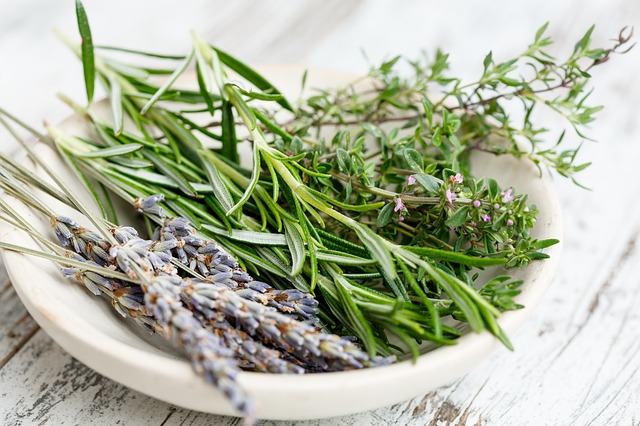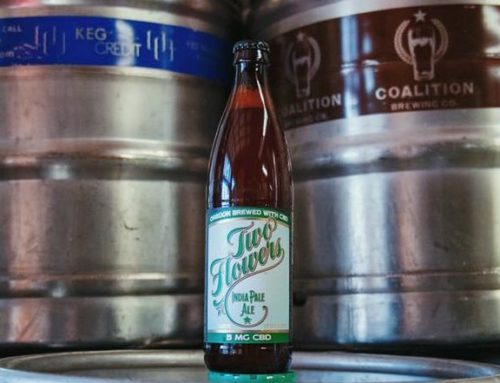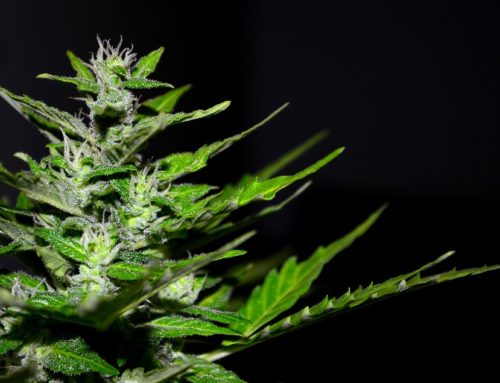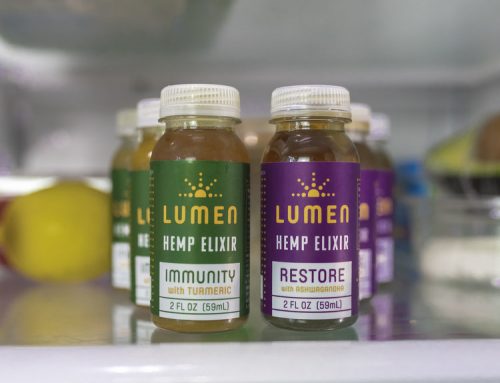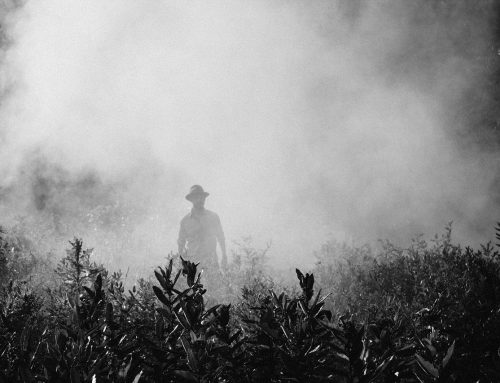What Are Terpenes?
Understanding terpenes is vital to understanding cannabis. Terpenes appear in a number of common plants, and are most widely known for creating scent. However, these molecules have a number of other interesting properties. Aromatherapy is, in fact, largely based on terpenes.
When it comes to cannabis, they definitely contribute to the plant’s many unique scents. But science suggests that they might also contribute to the way you experience cannabis. There is evidence that they work together with cannabinoids like THC and CBD to create an “entourage effect.” Thus, a strain with a rich mix of terpenes could have very different effects than a strain with similar THC/CBD levels and a different terpene profile.
If you’ve enjoyed cannabis before, you’ve definitely come into contact with terpenes. But understanding which terpenes are present in your pot unlocks a whole new layer of complexity. Here’s a list of the most common terpenes found in cannabis, along with their flavors and effects.
Limonene
Limonene, as the name suggests, is responsible for citrus scents. It’s present in the rinds of citrus fruits like lemons, limes, and oranges. In cannabis, strains like Super Lemon Haze and Tangerine have high levels of limonene. It is the second most common terpene in cannabis.
Limonene has anti-inflammatory properties, and some studies show it as a potential cancer treatment. It also fights stress, relieves depression, kills bacteria, and boosts the immune system. Beyond that, it adds a very pleasant flavor to your cannabis!
Pinene
Pinene is another terpene whose scent is easy to guess from its name. And also quite pleasant. Pinene smells like pine trees, and is in fact the terpene emitted by your favorite evergreen. It is also what they use to make Pine Sol.
Pinene is also anti-inflammatory, and can help increase airflow to your lungs, counter the short-term memory loss brought on by THC, and improve alertness.
Linalool
Linalool is a floral terpene, and is commonly found in lavender. Stopping to smell the flowers is always stress-relieving, and so is linalool. It fights anxiety and depression, in addition to relieving pain and reducing inflammation. It’s also an anti-epileptic.
Humulene
Humulene is a spicy, hoppy terpene. It occurs in basil, clove, and hops. This makes sense, as cannabis and hops are cousins. It has anti-bacterial, anti-inflammatory, and anti-tumor properties. It’s also pharmacokinetic, which means that it helps drugs move through the body and cross the blood-brain barrier. It’s also rumored to be an appetite suppressant, which is the opposite of what we usually expect from cannabis!
Myrcene
If you’ve ever eaten a mango, you’ve enjoyed the effects of myrcene. In fact, some say that eating a mango right before consuming some cannabis can increase or extend the psychoactive effects. This is because myrcene acts in concert with THC, and allows cannabinoids to cross the blood-brain barrier more easily.
Myrcene is common in strains with sedative effects, historically associated with the indica species. It, more than any cannabinoid, may be responsible for the “couch-lock” effect comes with certain strains. It also offers potent antibiotic, anti-inflammatory, and analgesic effects.
Carophyllene
Carophyllene is the pepper terpene. It is found in many herbs and spices—rosemary, cinnamon, cloves, oregano, and more—but is most associated with black pepper. Like many other cannabis terpenes, it is anti-inflammatory and fights pain, but it also can fight alcohol cravings. However, its most famous quality might be its ability to fight THC-induced anxiety.
When cannabis users get too high, many swear by the “black pepper trick.” Chewing on two or three black peppercorns—or even just inhaling deeply from a pepper grinder—is said to bring users who are too high back down to earth.

